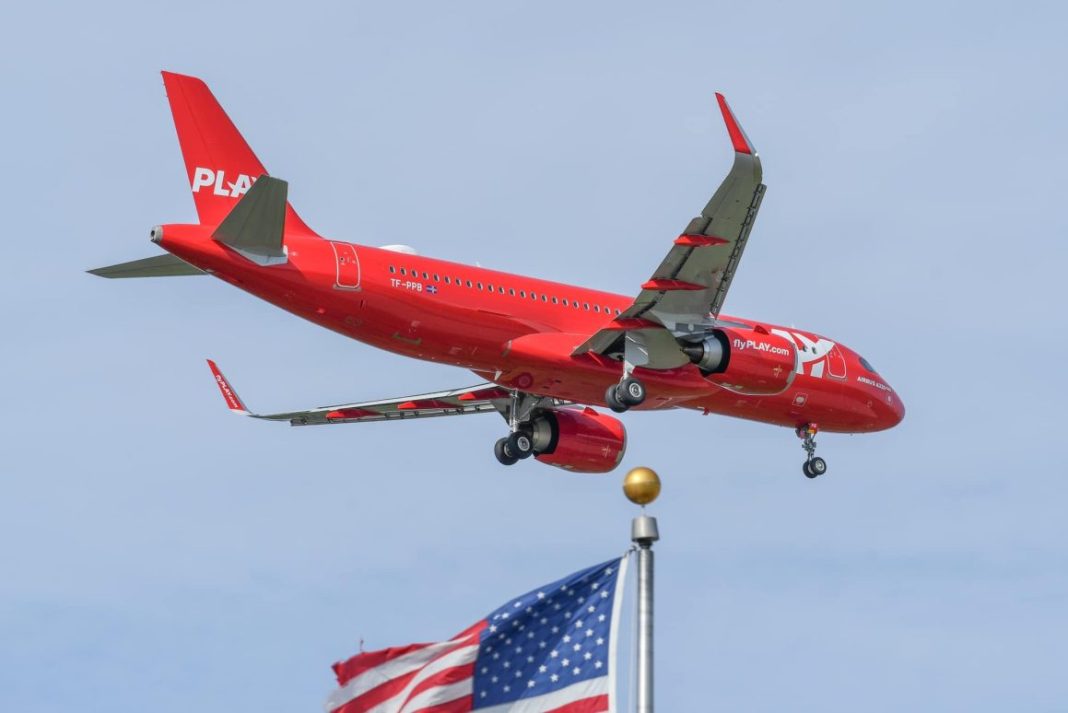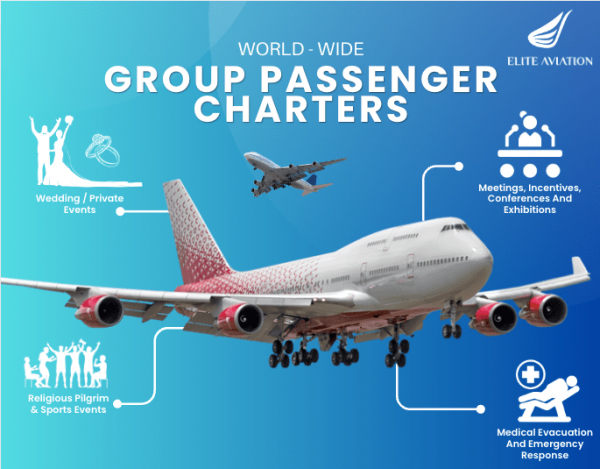[ad_1]
Play Airlines and the era of low-cost transatlantic flights between the United States and Iceland have hit another rough patch.
PLAY Airlines, an Icelandic low-cost carrier, announced it would suspend all its remaining US routes by October 2025, significantly retreating from the North American market.
This move echoes the collapse of WOW Air in 2019, another Icelandic low-cost carrier that tried—and failed—to make budget transatlantic travel a sustainable reality. Much like WOW, PLAY’s bold vision of connecting the US and Europe via its Keflavík hub has stumbled, joining a list of carriers like Norwegian Air Shuttle and Norse Atlantic Airways that have struggled with the economics of long-haul, low-cost operations.
It’s an all-too-familiar story seen repeatedly in this industry: a promising upstart, a familiar business model, and a harsh lesson in profitability.
So, what exactly is happening at PLAY Airlines? And where do we expect it to go from here? Read on to find out.
The End of PLAY Airlines’ US Adventure

PLAY Airlines was founded in 2019 by former WOW Air executives Arnar Már Magnússon and Sveinn Ingi Steinþórsson. Launched with a singular mission to revive the low-cost transatlantic model that WOW Air once championed, PLAY began flying from Keflavík International Airport (KEF) to destinations throughout Europe in June 2021. The carrier went on to launch North American routes in 2022.
PLAY operates a young fleet of 10 Airbus A320neos (average age 4.7 years, configured for 174 or 180 all-economy seats). It serves three US airports: New York Stewart International Airport (SWF), Boston Logan International Airport (BOS), and Baltimore/Washington International Airport (BWI). PLAY offered daily flights to these cities at its peak, connecting passengers to Iceland and onward to European destinations.
However, on 10 June 2025, Ishrion Aviation broke the news that PLAY would cease all US operations by October 2025. The schedule for the wind-down is as follows:
- New York Stewart (SWF): Service ends 1 September 2025.
- Boston (BOS): Service ends 15 September 2025.
- Baltimore/Washington (BWI): Service ends 24 October 2025.
This decision follows earlier cuts to PLAY’s North American network, including the termination of Washington Dulles (IAD) after summer 2024 and John C. Munro Hamilton International Airport (YHM) in Ontario, Canada, which ended in April 2025. A planned route to Orlando (MCO) never materialized, with carrier officials citing high fuel costs.
For BWI, PLAY’s exit marks the seventh airline to leave the airport in recent years, joining Allegiant, Air Senegal, JetBlue, Condor, Contour, and Air Canada. Ironically, travelers can still get to Iceland with Icelandair, which operates daily flights from BWI to KEF with the Boeing 737 MAX 9.
A Familiar Pattern: Low-Cost, Long-Haul Struggles

PLAY Airlines’ retreat from the US market is a stark reminder of the challenges low-cost carriers face in long-haul operations. Much like WOW Air’s, the airline’s business model relied on offering budget fares with a hub-and-spoke system through Keflavík, enticing passengers with low base prices and optional add-ons for baggage, seats, and snacks.
PLAY’s bright red livery even mirrored WOW’s vibrant purple, signaling a spiritual successor to the defunct carrier. Yet, like WOW, PLAY has struggled to turn a profit, with no profitable year since its first flight on 24 June 2021.
The parallels extend beyond WOW Air. After years of financial strain, Norwegian Air Shuttle, once a darling of low-cost transatlantic travel, abandoned its long-haul operations in 2021. Norse Atlantic Airways, launched in 2021 with ex-Norwegian executives and Boeing 787s, has also faced profitability woes, recently scaling back routes and leaning into aircraft leasing to stay afloat.
It’s plain to see a common thread in all these scenarios: long-haul, low-cost operations are notoriously tough to sustain. High fuel costs, intense competition from legacy carriers like Icelandair, and seasonal demand fluctuations (especially for Iceland’s winter lows) create a brutal environment for budget airlines trying to crack the transatlantic market.
PLAY’s leadership acknowledged that the North American market in 2024 was “incredibly challenging,” with excess capacity driving down yields.
A Chance at Profitability? Malta, Leasing, and Leisure

PLAY Airlines’ exit from the US is part of a broader restructuring to achieve profitability. The airline announced a delisting from public markets and a capital restructuring, valuing PLAY at ISK 1 (USD 0.0080) per share, with shareholders offered cash or shares in a new private entity. With over one-third already secured, a minimum capital infusion of USD 20 million will support this transition. The airline will surrender its Icelandic air operator’s certificate (AOC) and operate under a new Maltese AOC through its subsidiary, Play Europe, issued on 27 March 2025.
Operationally, PLAY is shifting gears. Instead of chasing transatlantic connecting traffic, the airline will focus on point-to-point leisure routes from Iceland to sunny southern European destinations, western Africa, and western Asia. The carrier will also reduce service to destinations in northern Europe. This restructuring builds on the profitability of PLAY’s European leisure routes, which have outperformed its transatlantic network.
To optimize its fleet, PLAY will retain four Airbus A320neos for scheduled operations out of KEF while leasing six aircraft under ACMI (aircraft, crew, maintenance, and insurance) agreements to other carriers through 2027. This move reduces exposure to volatile long-haul markets while generating steady revenue from leasing.
What’s Next for PLAY and the Transatlantic Market?

PLAY Airlines’ exit is a bittersweet moment. The airline’s low fares and no-frills model brought fresh energy to the transatlantic market, but the economics didn’t add up. As PLAY turns its focus to leisure destinations and aircraft leasing, it’s betting on a leaner, more focused strategy to finally reach profitability. The shift to a Maltese AOC and a private company structure signals a pragmatic approach. Still, it also means PLAY will become a virtual airline in its home country, a far cry from its original vision of transatlantic dominance.
For travelers, the loss of PLAY’s US routes tightens options for budget travel to Iceland and beyond. With its established hub-and-spoke model and free stopover offers, Icelandair remains the dominant player at Keflavík. At the same time, Norse Atlantic continues to test the low-cost, long-haul waters with mixed results. The dream of affordable transatlantic flights isn’t dead, but it’s clear the Icelandic model—tried by WOW, PLAY, and others—faces steep challenges.
As PLAY redirects its bright red A320neos to sunnier skies, the industry will be watching to see if this pivot can finally break the cycle of Icelandic low-cost carrier woes.
[ad_2]
Source link


